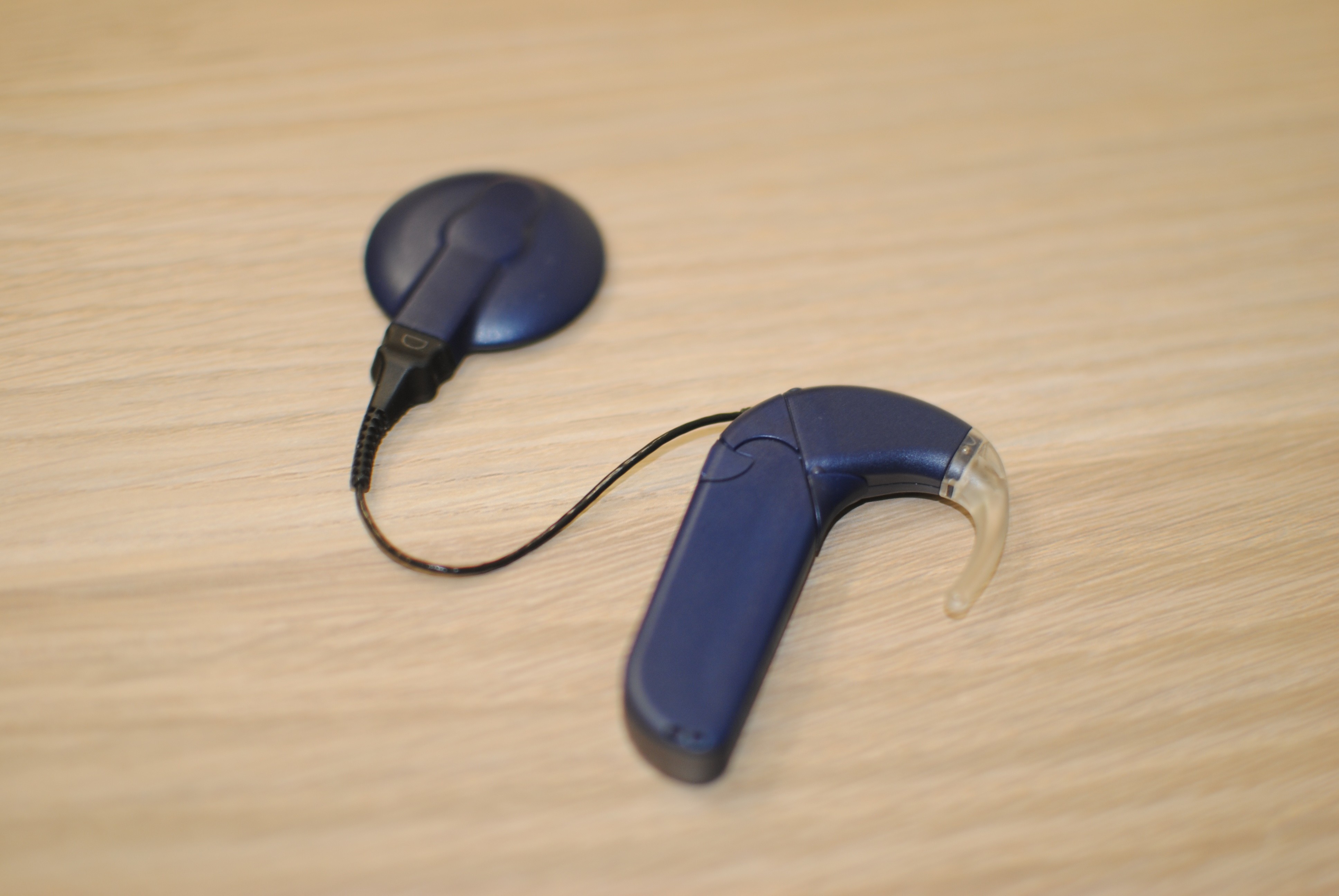
Dr. D’Anne Rudden
|
Published on
Jul 15, 2025
|
2 min read
Your hearing aids are vital tools in your daily life, enhancing your ability to communicate and enjoy the auditory world. Like with any technology, you might find that your hearing aids aren't performing optimally after a while of wear and tear.
Before booking an appointment for a professional hearing aid repair, there are several quick fixes you can try at home that might resolve the issues.
1. Clean Your Hearing Aids
Over time, earwax, dirt, and other debris can accumulate on your hearing aids, affecting their performance.
Regular cleaning of your devices ensures they work properly and extends their lifespan.
Daily Wipe-Down: Use a dry, soft cloth to wipe down your hearing aids daily. Avoid using water, as moisture can damage the electronics.
Brush Away Debris: Use a small, soft-bristled brush to gently remove any wax or dirt from all parts of the hearing aid. Most hearing aids come with a cleaning tool for this purpose.
Clean the Microphone and Receiver Ports: Pay particular attention to these tiny openings, as blockages here are a common cause of reduced sound quality. Use a specialized cleaning tool, or if none is available, a clean, dry toothbrush can often suffice.
Avoid Liquids: While it may be tempting to use cleaning solutions, liquids can seep into your hearing aids, causing damage. Stick to dry cleaning techniques unless otherwise advised by your audiologist.
2. Replace Ear Domes or Wax Guards
Ear domes and wax guards are small but crucial components of your hearing aids. They can become clogged with wax or debris, leading to poor performance. Here’s a quick guide to replacement:
Inspect Regularly: Check the ear domes and wax guards weekly. If you notice any wax buildup or if they appear discolored, it’s time for a replacement.
Replace Ear Domes: Gently twist and pull the dome away from the hearing aid. Push the new dome securely onto the hearing aid tip. Ensure it is firmly in place to prevent it from getting stuck in your ear.
Swap Out Wax Guards: Using a wax guard changing tool, remove the old wax guard. Insert the new wax guard using the opposite side of the tool. This quick swap can significantly improve sound quality.
3. Perform a Factory Reset
Sometimes, software or connectivity issues can affect your hearing aids’ performance. A factory reset might restore them to optimal functionality.
Consult Your User Manual: Specific reset processes can vary by model and brand. Refer to your hearing aids’ manual for the exact instructions.
Accessing Reset Function: Generally, this involves placing your hearing aids in their charging dock and holding a button until the LED signals a reset. For Bluetooth models, this might require a different action, such as pressing a reset button on the app.
Re-Pair Devices: After resetting, you may need to reconnect them to your smartphone or other devices. Follow the pairing instructions in your manual to restore functionality.
Give Your Hearing Aids Some TLC!
These simple maintenance steps can make a significant difference in your hearing aid performance. By keeping your devices clean, refreshing components, and managing settings thoughtfully, you can ensure they work effectively, saving you a trip to the audiologist for minor issues.
However, if these measures don't resolve your problems, it's crucial to consult with a hearing care professional for further assistance. If you’d like to get an expert eye on your devices, bring them to us for a hearing aid repair appointment.
You can also bring your devices to us for a hearing aid tune-up, where your devices will be calibrated and adjusted to better fit your unique needs.
Request a callback to get started, or give us a call at (303) 651-1178. You can rest assured that your hearing aids will be in good hands with us!
Audiologist
Dr. D'Anne Rudden
Dr. D'Anne Rudden is an advocate for patient-centered hearing care. She believes in the transformational power of audiology to enhance lives, applying over 30 years of expertise to benefit each patient. Dr. Rudden’s commitment to her field comes through her numerous certifications, including Board Certified in Audiology, and her active participation in key audiological organizations.

“You Do Not Know What You Are Not Hearing”: Lou’s Inspiring Hearing Health Journey
Dec 15, 2025

Discover the Heart of Longmont: Pumphouse Brewery
Oct 7, 2025

Exploring the Heartfelt Craftsmanship of Wolf & Wren Press: A Love Local Feature
Sep 26, 2025

The Real Cost of Skipping Hearing Tests
Sep 11, 2025



